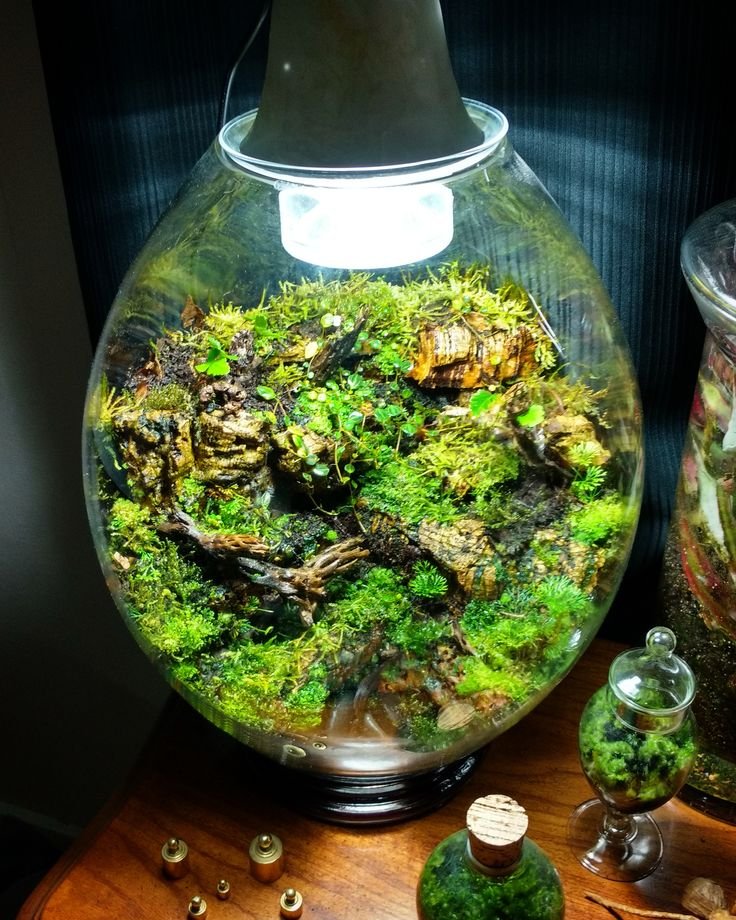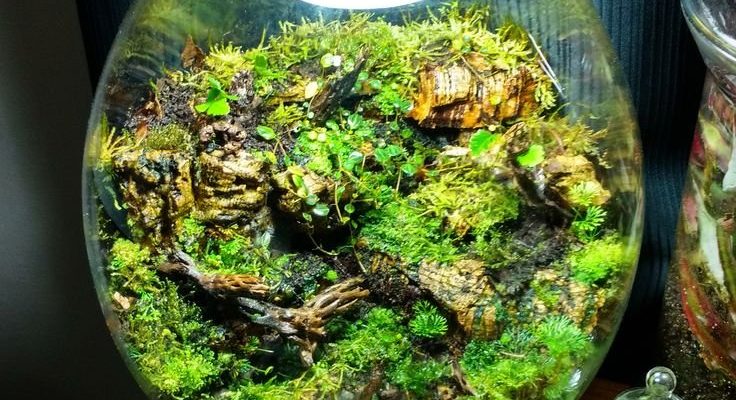
Keeping velvet worms at home is not your typical pet ownership experience, and that’s what makes it so captivating. These creatures are not just ordinary invertebrates; they’re living fossils that date back hundreds of millions of years. If you’re interested in setting up a terrarium for these unique animals, you’ll need to consider their specific needs, from temperature and humidity to diet and habitat structure. Here’s everything you need to know to start your adventure!
Understanding Velvet Worms
Before jumping into the logistics of keeping velvet worms, it’s important to understand what they are and what makes them unique. Velvet worms belong to a group that’s ancient, dating back to before the dinosaurs walked the earth. They have soft bodies, segmented appendages, and a flat, wrinkly appearance. They can range in size, typically from about 3 to 15 centimeters long, and come in various colors, often resembling the shades of their forest floor habitats.
Velvet worms are known for their **slime glands**, which release a sticky secretion used for capturing prey. Yes, they can look cute with their squishy bodies and tiny legs, but don’t let that fool you—they’re skilled hunters! They primarily feed on soft-bodied invertebrates, which they catch using their slime. Their fascinating method of predation makes them both intriguing and essential to their ecosystems.
But what does this mean for terrarium care? Keeping velvet worms requires a deep understanding of their natural environment. They typically thrive in humid, dark conditions, and they often create their subterranean homes in damp leaf litter or rotten wood. Mimicking these conditions in a terrarium is key to ensuring their well-being.
Setting Up the Perfect Terrarium
Setting up a terrarium for velvet worms is a rewarding process, but it requires attention to detail. You’ll want to create an environment that closely mimics their natural habitat. Here’s how to get started:
- Size and Type: Choose a terrarium that has ample space for your velvet worms to roam. A tank that’s at least 10 gallons is a good starting point.
- Substrate: Use a substrate that retains moisture, such as a mix of coconut coir and leaf litter. This will help keep humidity levels high and provide a cozy home for your worms.
- Humidity and Temperature: Velvet worms thrive in high humidity levels (around 70-90%) and a temperature range of 22-24°C (72-75°F). You can use a hygrometer to monitor humidity and adjust with a spray bottle if needed.
Remember, it’s essential to avoid direct sunlight and keep the terrarium in a shaded area. Too much light can dry out the substrate and stress your velvet worms.
Creating the Right Habitat
Now that you have the basics down, it’s time to think about the habitat inside your terrarium. Velvet worms love to climb and hide, so incorporating various structures will make your terrarium not just functional but also visually appealing.
- Hiding Spots: Add pieces of bark, moss, and leaf litter for hiding spots. This will not only provide security but also mimic their natural environment.
- Plants: Consider including small, low-light plants like *Ferns* or *Mosses*, which can help maintain humidity and enhance the overall aesthetic of the terrarium.
- Water Source: Make sure there’s a shallow dish for water or mist the terrarium regularly to maintain humidity levels.
As you arrange these elements, think about how velvet worms would move through the space. They love to explore, so creating a layout that encourages this behavior can lead to a more active and healthy pet.
Feeding Your Velvet Worms
Feeding velvet worms is an important aspect of their care that can’t be overlooked. In the wild, they feast on soft-bodied insects like slugs and smaller worms. In captivity, you can replicate this diet easily.
A good feeding schedule would involve offering small insects like:
- Fruit flies
- Small crickets
- Mealworms (chopped into smaller pieces)
You’ll want to offer food every few days, allowing them to hunt and capture their prey. If you’re worried about keeping live insects, you can also offer pre-killed or chopped options, though many owners find joy in watching the hunting process.
It’s crucial not to overfeed, as this can lead to stress or health issues. Always remove uneaten food after a few hours to maintain a clean environment.
Common Challenges in Captivity
While keeping velvet worms can be incredibly rewarding, it also comes with its share of challenges. Here are some common issues you might face and how to deal with them:
- Humidity Levels: If your velvet worms seem lethargic or are climbing the walls of the terrarium, it might be a sign that humidity levels are too low. Regular misting or adding a water source can help.
- Health Problems: Watch for any signs of mold or pests, which can harm your worms. Keeping the terrarium clean and monitoring food sources will help prevent this.
- Temperature Fluctuations: Ensure your terrarium is in a stable environment, away from drafts or direct heat sources that can alter temperatures drastically.
Addressing these challenges early on can ensure a happy and healthy life for your velvet worms.
Keeping velvet worms in a terrarium can be a fascinating and rewarding venture. While they aren’t as common as pets like cats or dogs, their uniqueness adds a special touch to any collection. With the right setup, care, and attention to their specific needs, you can create an environment where these ancient creatures thrive.
Yes, it requires a bit more effort than a traditional pet. But honestly, isn’t it exciting to provide a home for a living fossil? If you’re ready to embrace the challenge and enjoy the wonder of velvet worms, you’re in for a truly unique experience. So, gather your supplies, and let the adventure begin!

